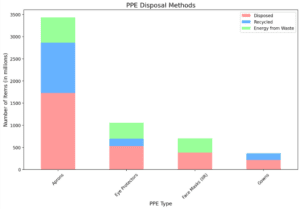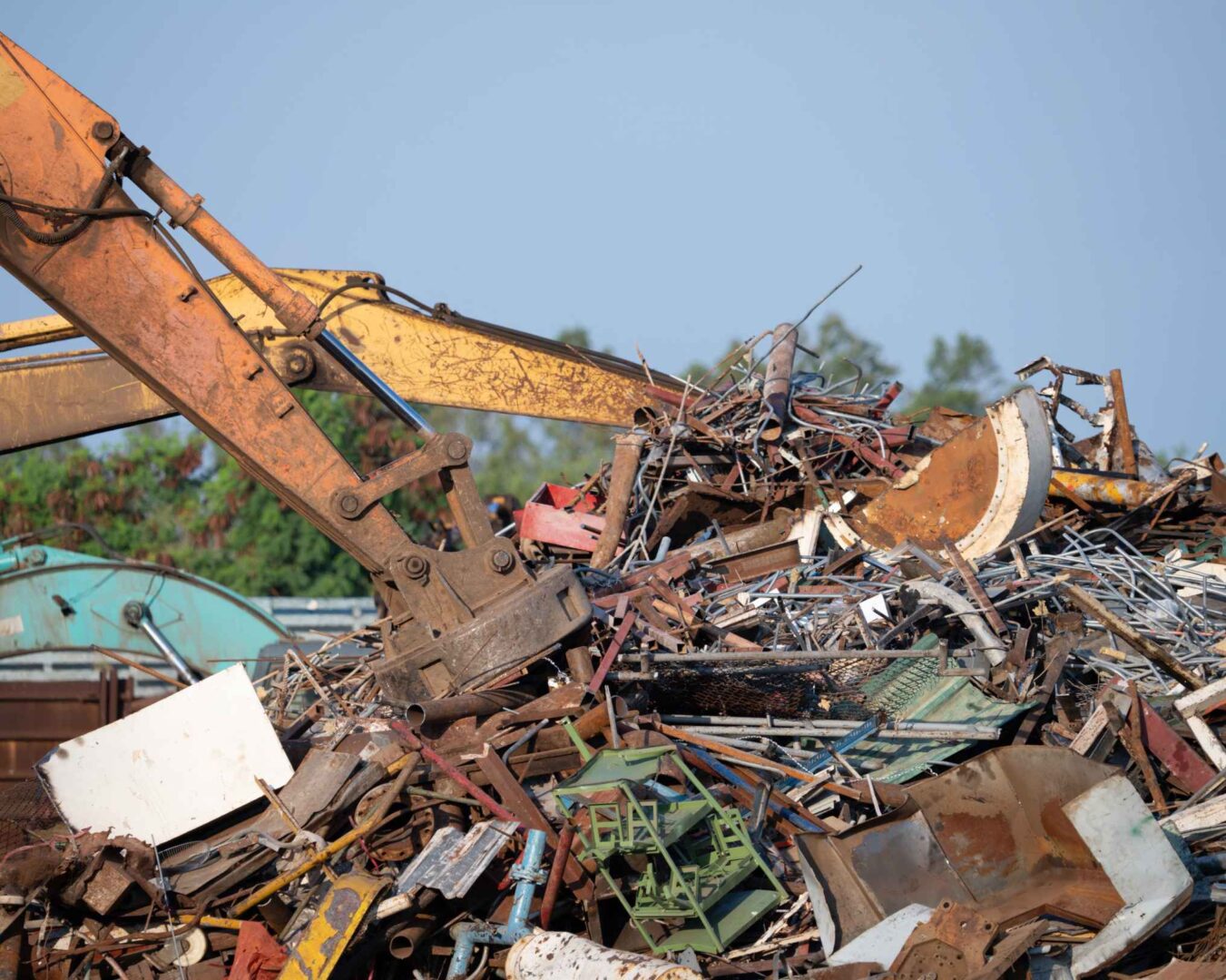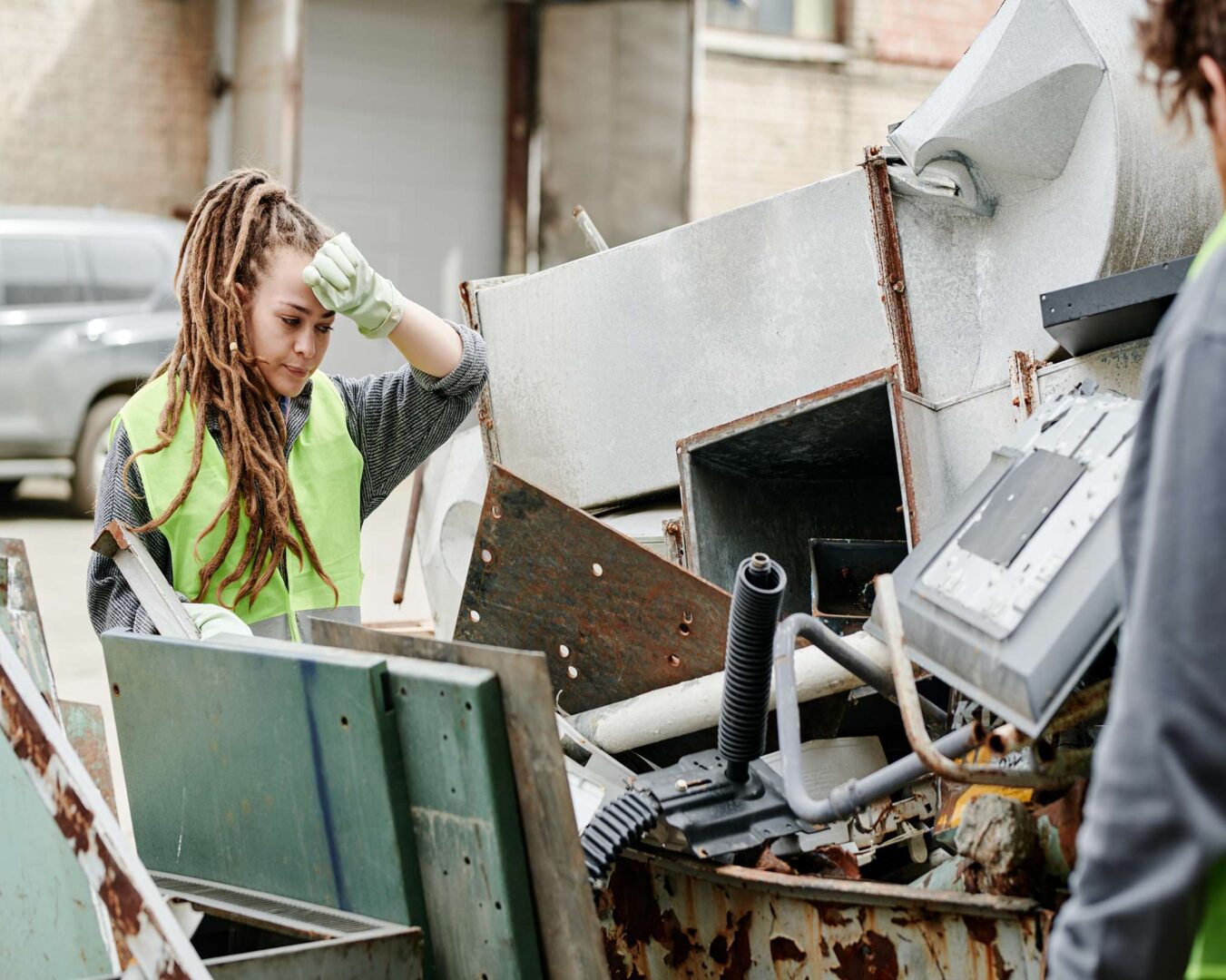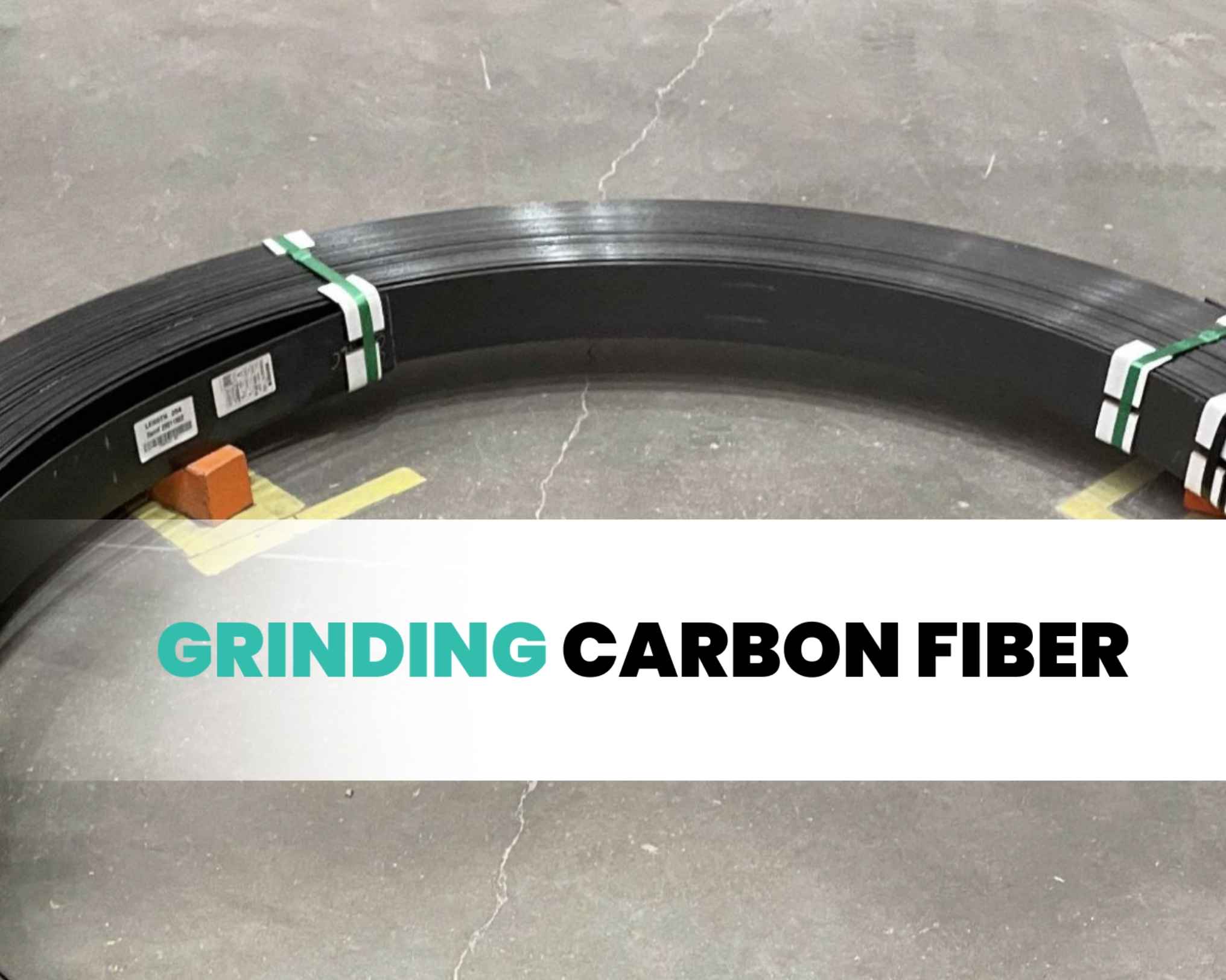The world has been flooded with an overwhelming amount of Personal Protective Equipment (PPE). While these tools were essential in our fight against the virus, they’ve left behind a looming environmental crisis. A recent study from Sage Journals highlighted the significant environmental impact of PPE, emphasizing the urgent need for sustainable PPE disposal solutions.
As we navigate this post-pandemic world, understanding the consequences of our actions and seeking innovative solutions becomes paramount.
Table of Contents
The Traditional Methods of PPE Disposal
Before diving into the specifics, it’s essential to understand the traditional methods of PPE disposal and their implications. While these methods have been the go-to for years, the sheer volume of PPE waste during the pandemic has exposed their limitations and environmental repercussions.
- Landfills
Landfills have long been the primary solution for waste disposal. However, with the influx of PPE, many are reaching their capacity. Overflow can lead to soil and groundwater contamination, affecting local ecosystems and communities. Moreover, the cost of maintaining and expanding these landfills is skyrocketing, placing a financial burden on local governments.
- Incineration
While burning PPE might seem like an effective way to reduce waste, it comes with its own set of challenges. Incineration releases harmful chemicals into the atmosphere, contributing to air pollution and posing health risks to nearby communities. Additionally, these plants require significant energy, often derived from non-renewable sources.
- Recycling
Recycling presents its own set of challenges. Not all PPE is recyclable due to the mix of materials used in their production. Moreover, used PPE can be a source of contamination, making the recycling process more hazardous and resource-intensive.
- Composting
Composting offers a solution for biodegradable PPE. However, its feasibility is limited by the time required for decomposition and the specific conditions needed for the process.
The Rising Concerns
The environmental and societal implications of PPE disposal are vast and multifaceted. From marine pollution to the carbon footprint of production and disposal, the consequences are far-reaching.
- Environmental Impact
Discarded PPE, especially masks, are increasingly finding their way into oceans, posing threats to marine life. The production, distribution, and disposal of PPE also contribute to a significant carbon footprint, exacerbating global warming concerns.
- Regulatory Compliance and Challenges
Different regions have varying guidelines for PPE disposal. Compliance becomes a complex task for businesses operating across multiple areas. Non-compliance can lead to fines, penalties, and reputational damage.
The Staggering Volume of PPE Waste
The COVID-19 pandemic led to an unprecedented surge in the use of personal protective equipment (PPE) worldwide. According to a report from the UK government, by the end of February 2023, a staggering 3.14 billion items of PPE had been removed from stock.
This encompasses a mix of recycling, energy from waste processes, donations, and sales. Specifically, 2.87 billion items of PPE were disposed of through recycling and energy from waste.
This volume of waste not only poses environmental challenges but also represents a missed opportunity for beneficial reuse.
Beneficial Reuse: A Sustainable Solution
Beneficial reuse offers a fresh perspective on PPE disposal, viewing used PPE not as waste but as a resource. By sanitizing and redirecting these items to communities in need, we can mitigate environmental impacts and support societal well-being.
- What is Beneficial Reuse?
Beneficial reuse is about seeing potential where others see waste. Instead of discarding PPE, this method sanitizes and redirects them to communities in need, reducing environmental degradation and supporting societal well-being.
- The Process of Beneficial Reuse
From collection to distribution, beneficial reuse is a comprehensive approach. Dedicated teams collect used PPE, sanitize them, and then, in collaboration with NGOs and community organizations, distribute them to those in need.
- Case Study: Happen Ventures’ Contribution
Happen Ventures exemplifies the power of beneficial reuse. In Puerto Rico, when faced with excess sanitizer in a warehouse, they swiftly organized its collection and distribution, ensuring vulnerable populations had access to essential hygiene products.
The Numbers Behind Beneficial Reuse
To truly grasp the potential of beneficial reuse, let’s delve into some numbers:
- Aprons: 1,726.3 million items were disposed of, with 1,137.4 million recycled and 571.2 million sent for energy from waste.
- Eye Protectors: A total of 530.9 million items were disposed of, with 166.9 million recycled and 361.6 million sent for energy from waste.
- Face Masks (IIR): 385.7 million items were disposed of, with 317.2 million sent for energy from waste.
- Gowns: 216.4 million items were disposed of, with 149.2 million recycled and 4.5 million sent for energy from waste.
These figures highlight the vast amount of PPE that could have been repurposed or reused beneficially, rather than being discarded.
Why Beneficial Reuse Trumps Traditional Methods
Beneficial reuse stands out as a beacon of hope in the face of the environmental challenges posed by traditional PPE disposal methods.
- Waste Reduction and Environmental Protection
By extending the life cycle of PPE, beneficial reuse conserves resources and reduces environmental degradation. It offers a solution that is both economically viable and environmentally responsible.
- Boosting Positive Reputation
In today’s eco-conscious world, companies that adopt beneficial reuse can position themselves as leaders in environmental responsibility, appealing to a broader customer base and fostering trust among stakeholders.
Conclusion
In our post-pandemic world, the way we handle PPE disposal will shape our environmental legacy. Beneficial reuse offers a path forward, turning challenges into opportunities and waste into resources. As we look to the future, embracing such innovative solutions will be pivotal in creating a sustainable and inclusive world.





